Every day a woman used to come to the cemetery holding a picture. It was a photograph of six smiling faces, among them a young woman with shiny black hair, which she held close to her chest, facing outward so everybody at the ceremony would have a clear view of it.
Nayereh Jalali, also known as Mother Behkish, was a member of the Mothers of Khavaran, a grassroots group of grieving mothers whose sons and daughters were killed in street shootouts or who perished in the 1980s mass executions of political prisoners. The mothers were searching for any sign of their loved ones - an unmarked grave, a bone, anything. The group took their name from Khavaran cemetery in southeastern Tehran, which was used by the Islamic Republic to bury the “doomed” - Communists, leftists, members of the People’s Mojahedin Organisation and the Baha’is.
Mother Behkish, who lost four sons, a daughter and a son-in-law in the 1980s, died on Sunday, January 3, 2016 in her home in Tehran.
Symbol of Resistance
She was born in Mashhad on February 26, 1921. She and her husband Asghar Behkish lived in the northeastern city until the winter of 1981, but after threats and pressure from the security agencies forced them to live in hiding for some time, they moved to Karaj near Tehran. Soon enough, however, Jalali was knocking on the doors of various prisons to ask for the release of her children, enduring threats and offensive words from officials.
Not long afterwards news came that groups of leftist political prisoners were being executed one after another for heresy and were being buried in unmarked graves in Khavaran cemetery. Then the families who had gone everywhere and had beseeched every official to find the bodies of their executed children and relatives only to be faced with threats and humiliation, started to search for them in the cemetery. For this they were threatened, harassed and, in some cases, even imprisoned.
Jalali, who had lost her five children and her son-in-law, became a symbol of resistance and of the Mothers of Khavaran movement.
“She could have left Iran but she stayed in Tehran,” Parvaneh, who lost her brother in the mass executions of 1988, told IranWire. “She remained a devout Muslim until she died, even though her children lost their lives following very different ideologies. She never tried to force her children to give up their chosen paths and always respected their beliefs.”
The walls of Mother Behkish’s home were covered with pictures: Her daughter Zahra, who had a master’s degree in physics; her son Mohammad, who some say was unarmed but was gunned down in a house the government believed to be the headquarters of an armed opposition group; the smiling face of young Mohsen in the giddy days after Ayatollah Khomeini came to power and who was executed five years after the revolution; Mahmood, who was sentenced to life imprisonment under the Shah, served a five-year prison sentence under the Islamic Republic and was then executed whereas he should have released; Ali, who was only 19, and was arrested for distributing leaflets and executed although he had not been sentenced to death - authorities presented his mother with his meagre belongings after he died; her son-in-law Siamak, who was killed in armed clashes in 1981.
In Search of Graves… and of Justice
“Grieving for one’s child is too hard,” Mother Behkish told Iran Tribunal before her death. “Not only one or two, but five - which becomes six if you add my son-in-law. And they were wonderful kids, one lovelier than the next. I pray in their names and hope that one day I will get justice. It took them three months after they killed Mahmood and Ali to give us their bags. They didn’t even give us their wills and said that they had torn them up. No matter how much I cried and begged them to tell us where they were buried, they refused. For long periods of time I wandered between Evin prison and Behesht Zahra cemetery. At the cemetery they told us that we must ask at Evin. At Evin they would tell us to ask at Behesht Zahra. At last an employee of Behesht Zahra took pity on us and gave us the address of Khavaran.
“My husband and I went to Khavaran and saw the extent of the tragedy. In the last three years of his life my husband went mad. He loved the kids, especially Zahra and Mahmood. He would sit on a carpet at the doorway of our house and say: ‘I am on the lookout so that they will not come and hang us in the street.’ When I asked him, ‘What have we done that they would hang us?,’ he would answer, ‘Nothing. But what did our children do?’”
“The importance of Ms. Jalali was not only her remarkable endurance, but she also had an important role in the campaign to shed light on the deaths of those buried in Khavaran,” says Maryam, another grieving woman who lost her husband to Khavaran cemetery and spent four years in prison herself. “In those early years she was an active member of the campaign to seek justice. They were the watchful part of the conscience of society. They had been forced to forget and stay silent through enormous pressures. It was important to keep the memories of those years alive. The peaceful struggle of our mothers became a social movement. They did something important. They challenged the policy of forgetfulness.”
On November 11, 2011, Mother Behkish contacted the United Nations, challenging UN officials about their silence in the face of executions: “Why have you never talked about my children? What sins did these children commit? They killed my six children and nobody said anything. And they do not leave my other daughter alone either. How much injustice is enough? What is the UN for? To praise themselves? What about our children and our nation?”
visit the accountability section
In this section of Iran Wire, you can contact the officials and launch your campaign for various problems














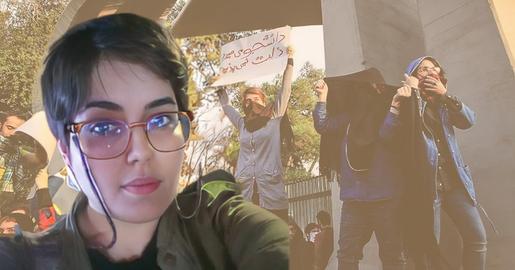





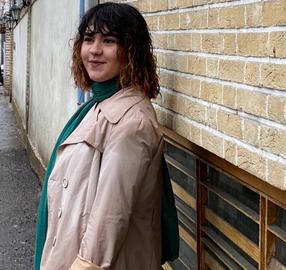
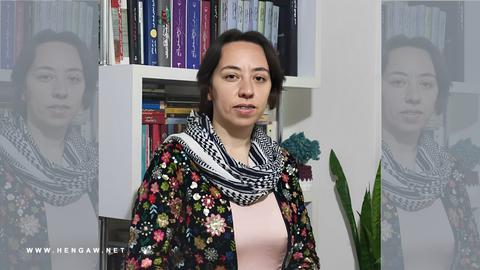


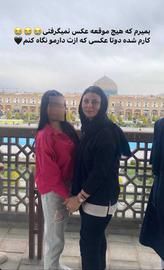

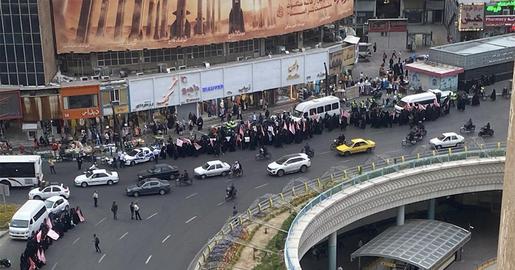

comments